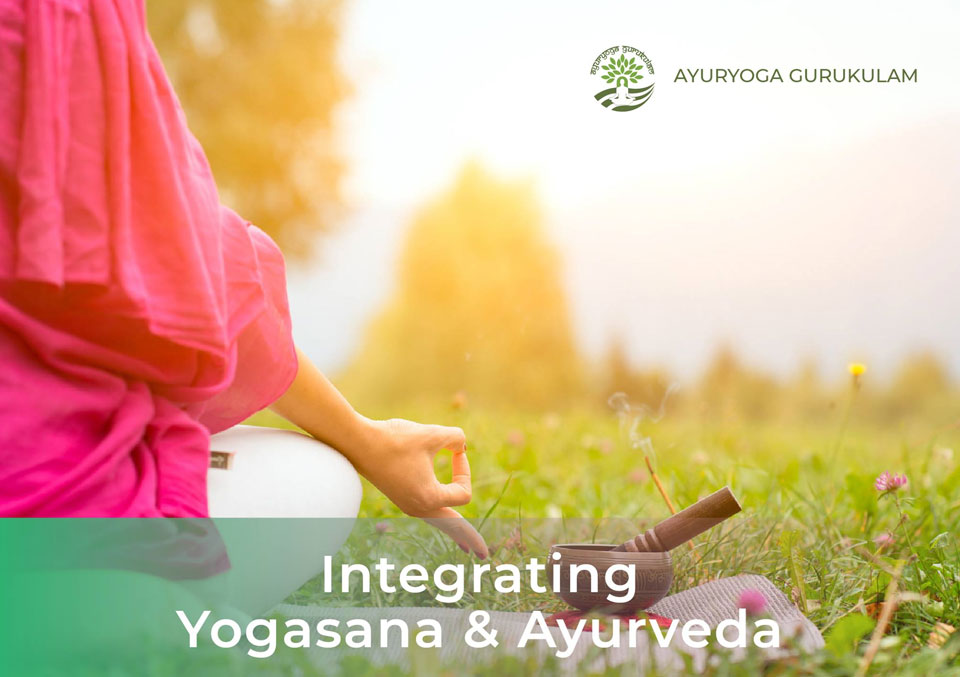
Yoga and Ayurveda belong to each other like a brother and sister, the breath to the body, a plant in its soil. Taken in context, each one nourishes the other; removed from each other; they can exist for awhile but will lack the feeling wholeness and continuity and will ultimately perish.
Ayurvedic guidelines help to create the life style and understanding of external world necessary to support and preserve health. Yogic guidelines support the spiritual perspective revealing that there is more to life than health. They constantly remind the student of the meditation and prayer as the primary means of developing contact with spirit as the means to contentment. In the development of yogasana, patanjali presents the importance of the spiritual perspective.
Yoga poses (Asana) it is a steady and comfortable position, Posture must have the two qualities of firmness and ease. 2/46 P.Y
Yoga pose is mastered by relaxation of effort, lessening the natural tendency for restlessness, and identification of oneself as living within the infinite stream of life, Posture is then when effort ceases and meditation on infinity occurs. 2/47 P.Y
From that perfection of yoga poster, duality, such as praise and criticism, ceases to be a disturbance, in asana there is no assault from the pairs of opposites. 2/48 P.Y The classical definition of yogasana,sugham sthiram asanam, as translated above is known by all serious student of yoga. The importance of preserving comfort and stability for the body in position, regardless of the phase of life we live in, is assumed. I often like to twist this sutra by reflecting that yoga therapy is the removal of the causes of discomfort and instability. When approached in this manner, asana can be great boon in applying its principles to achieve harmony in daily activities.